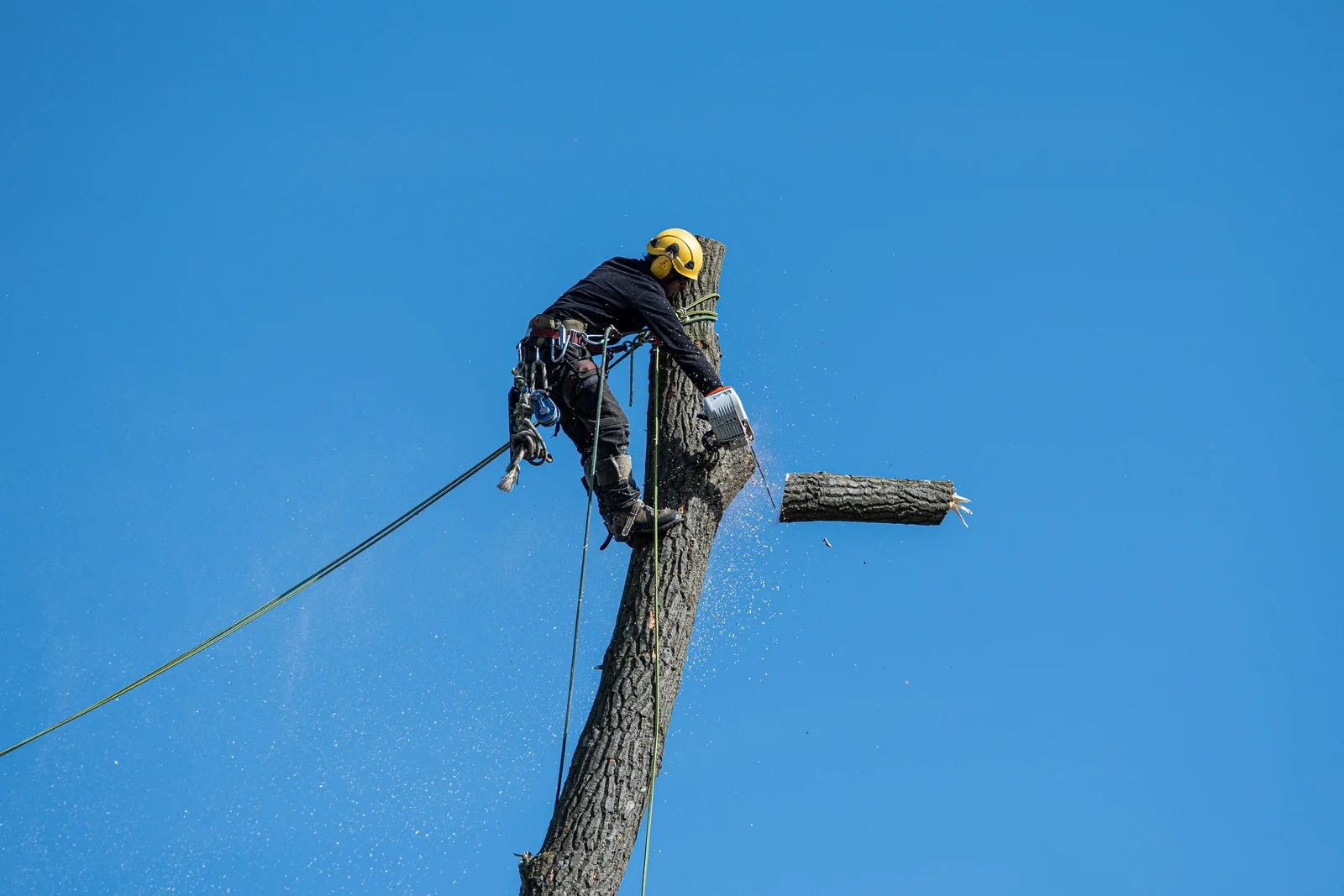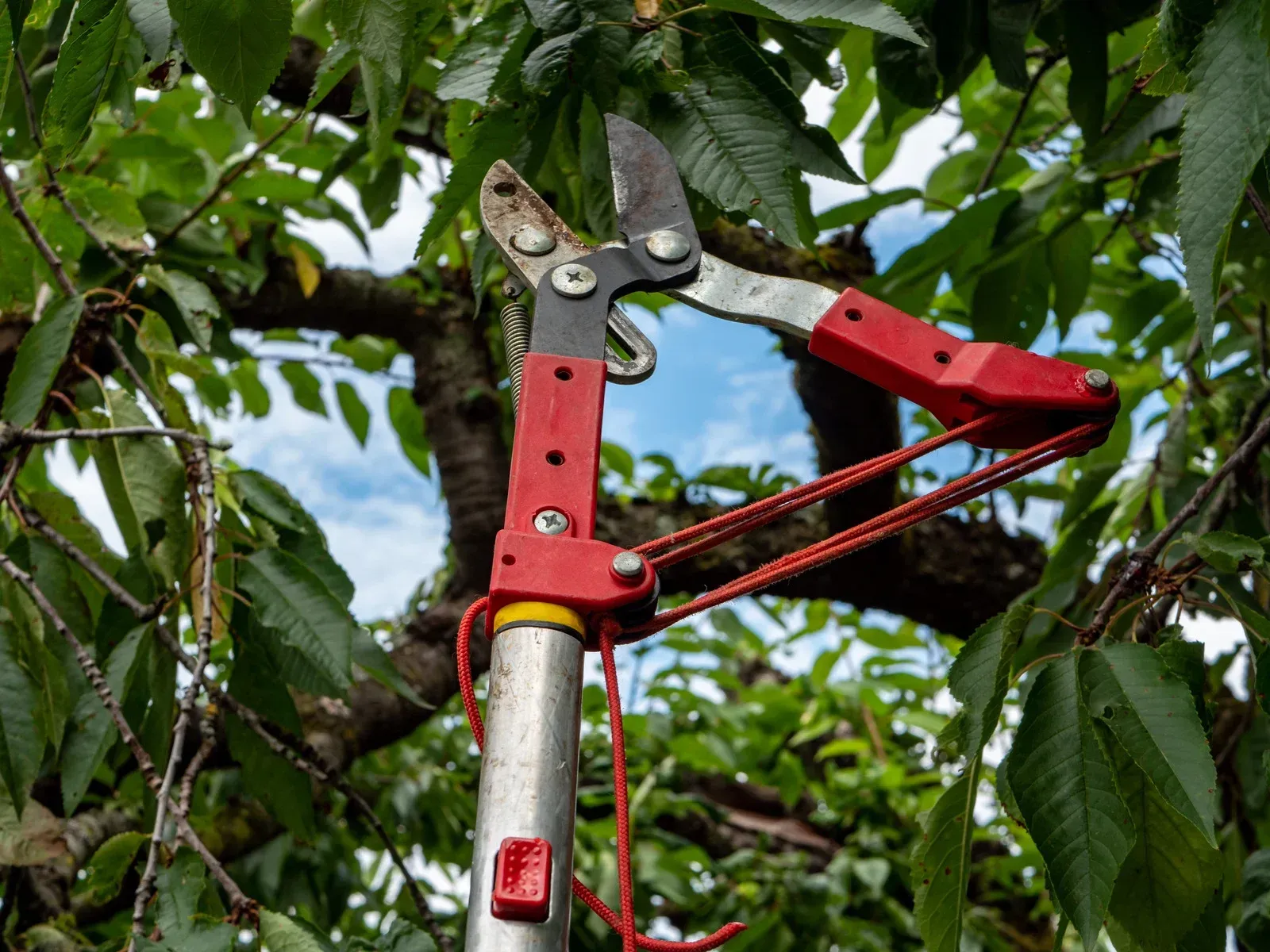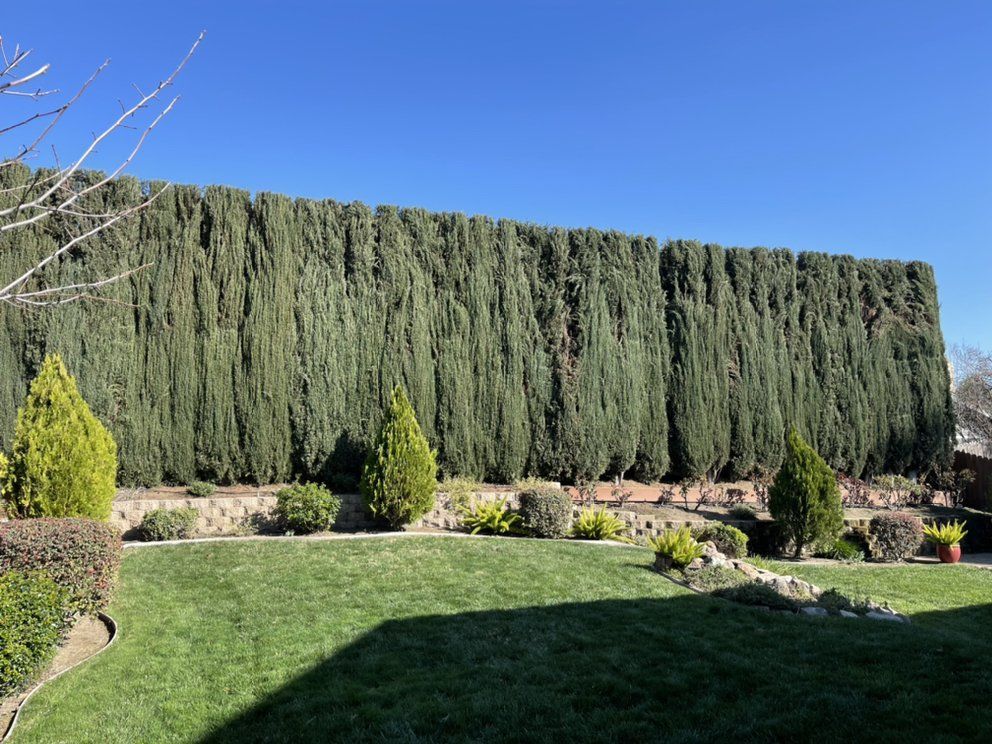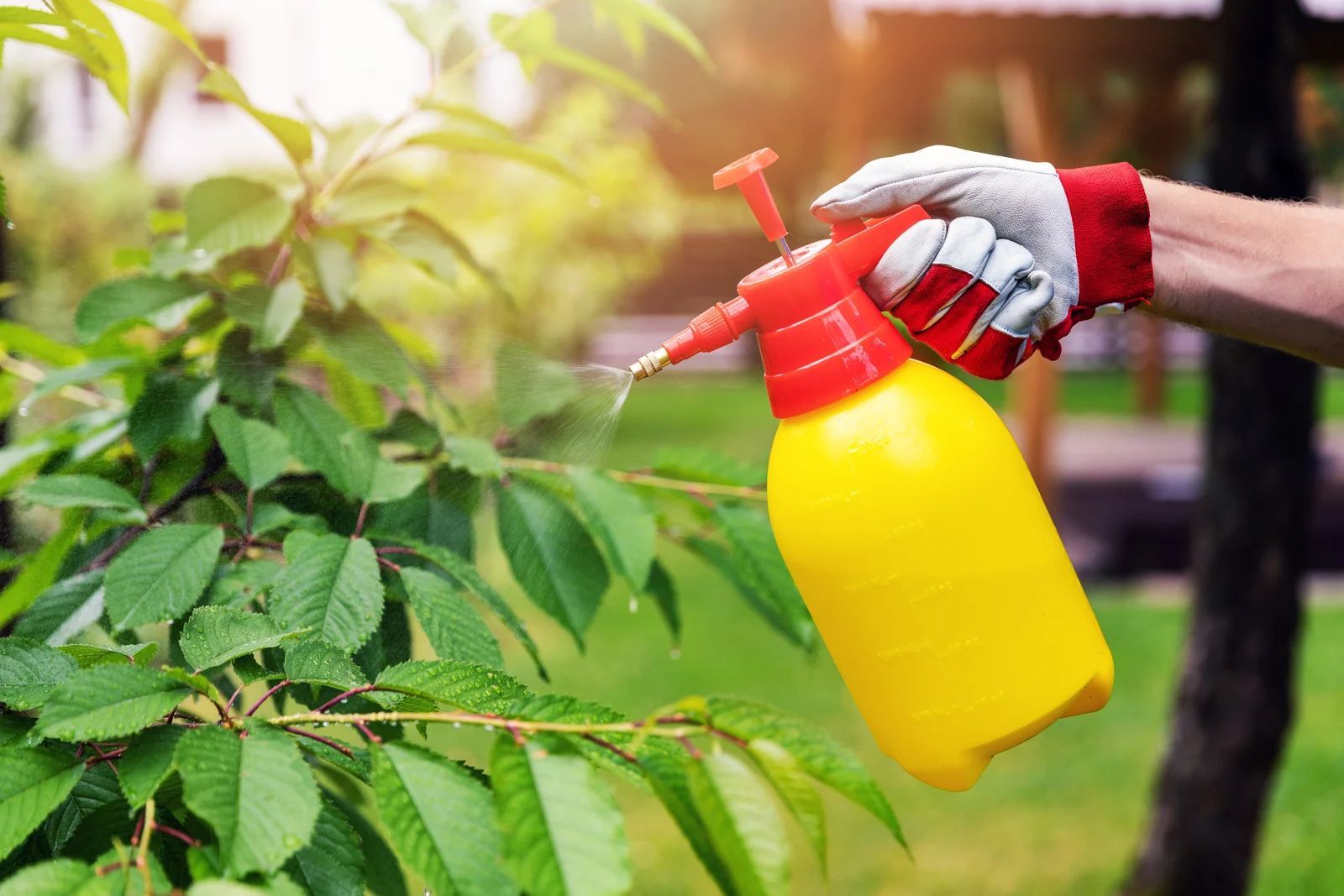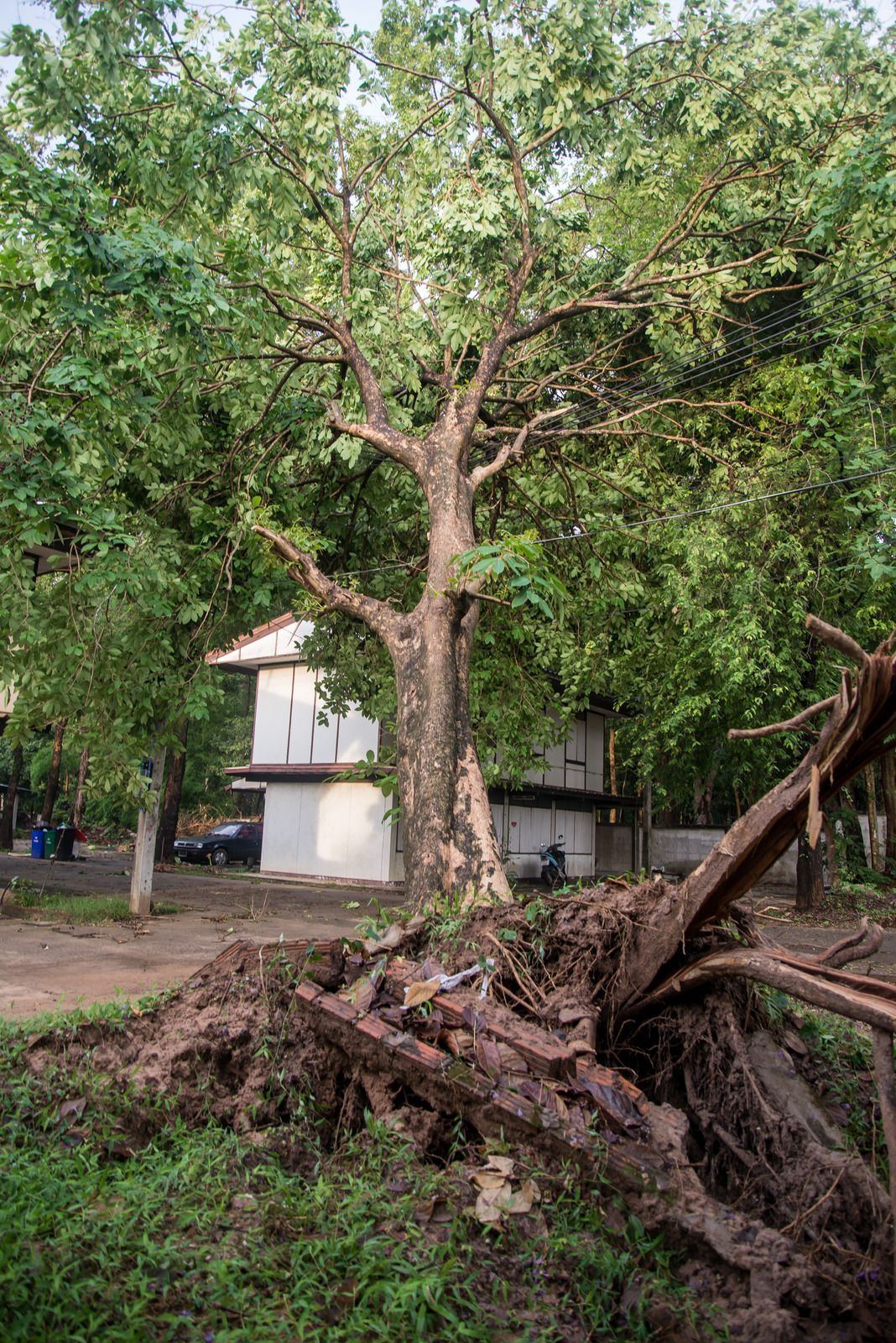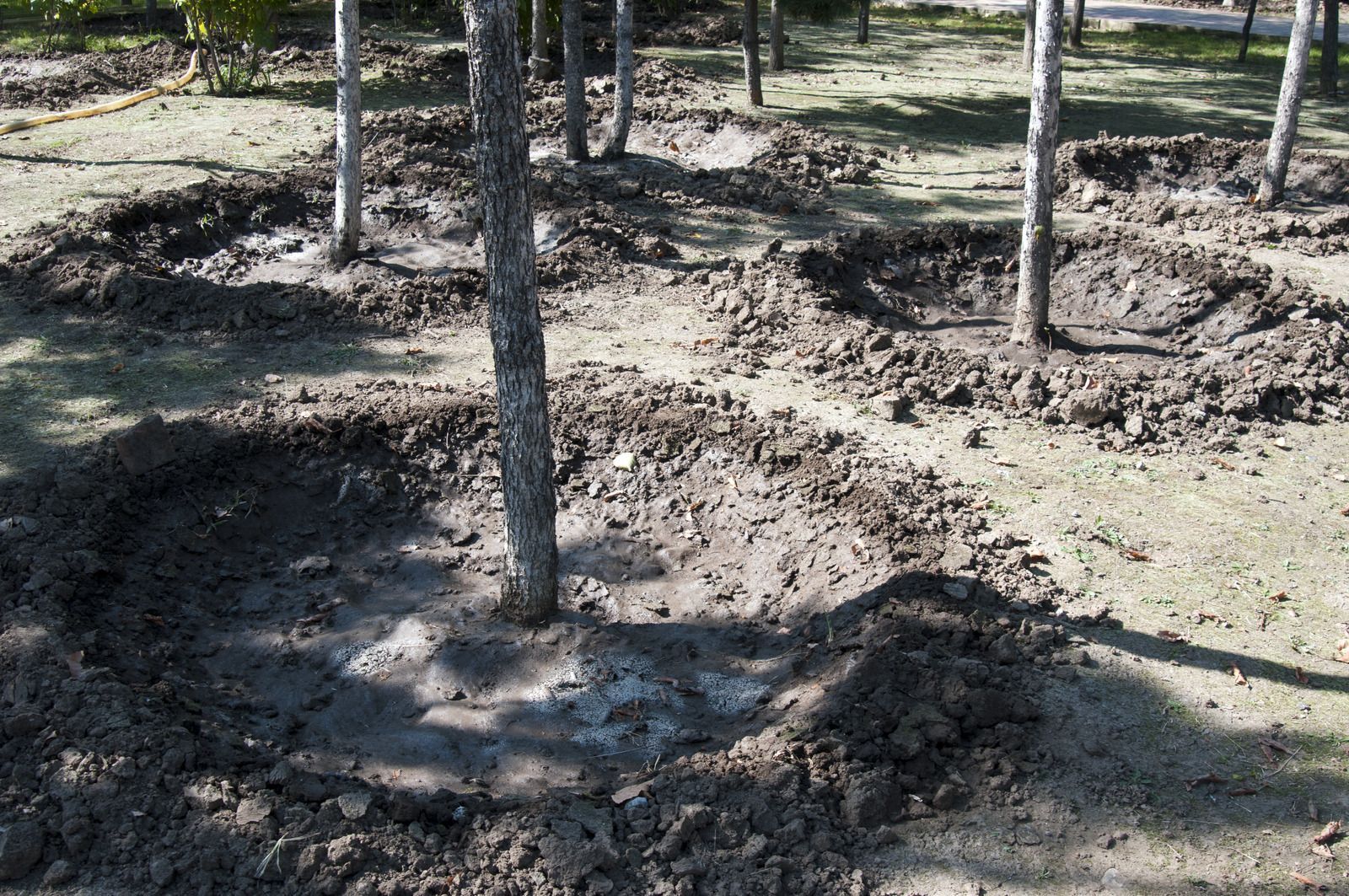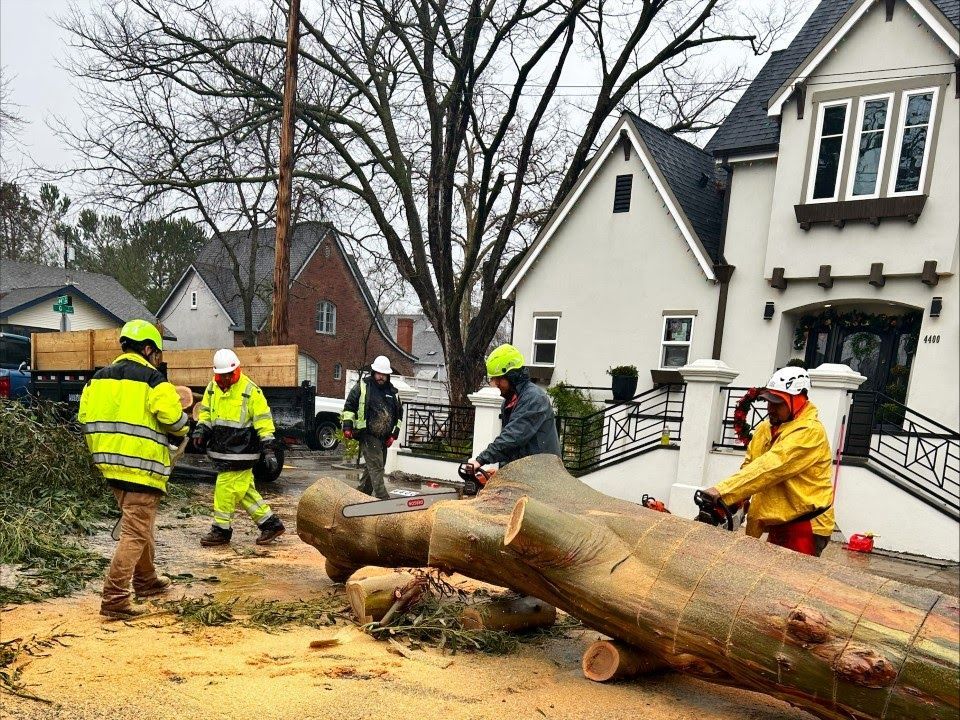The Difference Between Tree Trimming and Tree Pruning
Trees are not just a natural element in our landscapes—they are living investments that provide shade, beauty, and environmental benefits. Proper care ensures they remain healthy, safe, and visually appealing for years. Among the essential maintenance practices, tree trimming and tree pruning are often mentioned, but many homeowners mistakenly use the terms interchangeably. While both involve cutting branches, each serves a distinct purpose in tree health and aesthetics. Understanding the difference between trimming and pruning is crucial for maintaining the vitality and longevity of your trees. Let’s explore how these practices differ and when to use each.
What is Tree Trimming?
Tree trimming, also called tree shaping, primarily focuses on aesthetics and safety. This process involves removing overgrown or unwanted branches to maintain a tree’s shape and prevent obstruction of pathways, driveways, or power lines. Trimming is usually done more frequently and involves lighter cuts that do not disturb the tree’s overall structure. By controlling the growth, trimming helps ensure that the tree does not interfere with nearby structures, reduces the risk of falling branches, and keeps the landscape looking neat and organized.
What is Tree Pruning?
Tree pruning, on the other hand, is a more strategic and health-oriented approach. Pruning involves selectively removing dead, diseased, or damaged branches to improve the tree’s overall structure and promote healthy growth. Unlike trimming, pruning focuses on the long-term health and development of the tree rather than just appearance. Proper pruning can increase sunlight penetration, improve air circulation within the canopy, and stimulate fruit and flower production for certain species. It also reduces the risk of pest infestations and structural weakness, ensuring the tree remains resilient over time.
Differences in Technique and Timing
The techniques for trimming and pruning vary significantly. Trimming generally involves light cuts and can be performed throughout the growing season. Pruning, however, requires more precise cuts, often at specific angles, and is best done during dormant seasons to minimize stress on the tree. Additionally, pruning may involve removing larger branches, while trimming typically focuses on smaller shoots and overgrowth. Understanding these nuances ensures that tree care practices do not harm the tree but rather support its health, safety, and appearance.
Why Professional Tree Care Matters
While some basic trimming can be done by homeowners, professional tree care is essential for more complex pruning and trimming. Certified arborists possess the knowledge and tools necessary to make precise cuts without damaging the tree. Improper trimming or pruning can lead to disease, structural weakness, or even the death of the tree. Hiring experienced professionals ensures that your trees thrive and your landscape remains safe, visually appealing, and well-maintained.
Trust LD Tree Care
for Expert Tree Services
For residents of Sacramento, California, maintaining healthy and beautiful trees requires expertise and experience. LD Tree Care
has 15
years of hands-on experience in providing professional
tree trimming and pruning services. Our team understands the unique needs of each tree, ensuring precise cuts that balance both aesthetic appeal and health. Whether you need routine trimming or strategic pruning, we are committed to preserving the vitality, safety, and beauty of your trees. With LD Tree Care, your trees are in capable hands, combining knowledge, experience, and care for every branch we touch.
